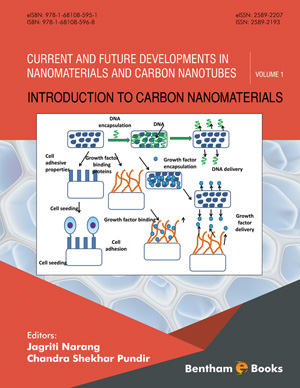Abstract
SHS investigation development is considered from the geographical and historical viewpoint. 3 stages are described. Within Stage 1 the work was carried out in the Department of the Institute of Chemical Physics in Chernogolovka where the scientific discovery had been made. At Stage 2 the interest to SHS arose in different cities and towns of the former USSR. Within Stage 3 SHS entered the international scene. Now SHS processes and products are being studied in more than 50 countries.
Abstract
Development of molecular contrast agents for visible determination of biological structural and functional information is an on-going process in relation to ever widening field of imaging techniques. Optical probes highlighting biological subjects in whole or in components serve as tool for disease diagnosis and prognosis deterministic assays for rapid onset of therapeutics. These preserve the specimen and carry wealth of information in a non-destructive and non-invasive way. Various nanotechnological tools are inexplicably used as molecular probes paving the way for smart as well as theragnostic module of action. Carbon nanotubes are an important class of synthetic nanostructures owing to their exceptional properties and are being sought in almost all waking fields of applications. Multiwalled multilayred CNTs are seen as significant cargo encapsulating wide variety of molecules and biological entities. Single walled CNTs on the other hand behave as quasi one dimensional nanomaterials showing unique electronic and optical properties. their high end use in biomedical imaging stems from the fact that they absorb light in NIR having high biological transparency. Though raw SWCNTs are hydrophobic their suitable functionalization yields water dispersible, biocompatible entities while biomolecule attachment lends specificity to the target. The present chapter details approaches for imaging biological subjects in vitro and in vivo using intrinsic photophysical properties of SWCNTs entailing multitudes of components to meet the current scenario of multiplexed and multimodel imaging. A brief review is presented on optoelectronic properties of SWCNTs, their functionalization to meet the necessitating criteria for biological applications and various optical techniques using them as contrast agents.
Keywords:
Carbon nanotubes, Imaging, NIR, Optoelectronic properties, Photoacoustic Imaging, raman spectra, Tumour cells.
Recommended Chapters
We recommend

Authors:Bentham Science Books






